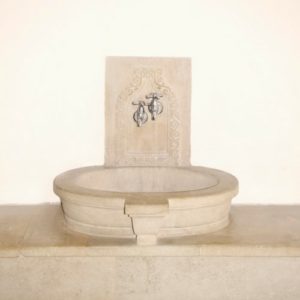Homeowner Guide to the History of Indoor Plumbing

When you consider the planning and the execution of plumbing systems and how they have evolved from ancient times to the plumbing like we’ve got in Maui, HI, it’s interesting.
Here is a brief look back at the history of indoor plumbing.
Early History of Indoor Plumbing
The earliest known history of indoor plumbing is linked to a discovery made in the ruins of a palace in India. Dating back to 3000 B.C., this network of copper piping extended to buildings and had drains. There was even a toilet of sorts with a septic tank, which is pretty sophisticated for the era when you think about it.
The Greeks actually helped to pioneer shower technology, to help ancient Olympic athletes bathe. Water came out of overhead pipes to help them get clean.
The Evolution Continued

In ancient Rome, they built extensive networks of aqueducts that piped water into their private and public baths. Not only were these baths for hygiene, they were also a mark of status. These baths often also had steam rooms. Another advance credited to the Romans is the use of lead pipes, which helped to significantly improve the sanitary conditions.
Fast forward a few centuries to 17th century France and the first main sewer pipe was built in Versailles. However, it was many years later until there were actually indoor toilets in the palace. The numerous members of the court during Marie Antoinette’s days in the palace had to use latrines, commodes or even the hallways of the sprawling palace, lending to awful sanitary conditions.
Plumbing Advances Today

Dual flush toilets are also eco-friendly. They let you choose how much fluid you need to flush. Did you know that your toilet accounts for about a third of your home’s water use?

